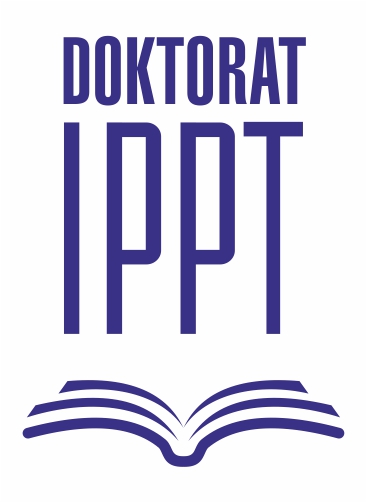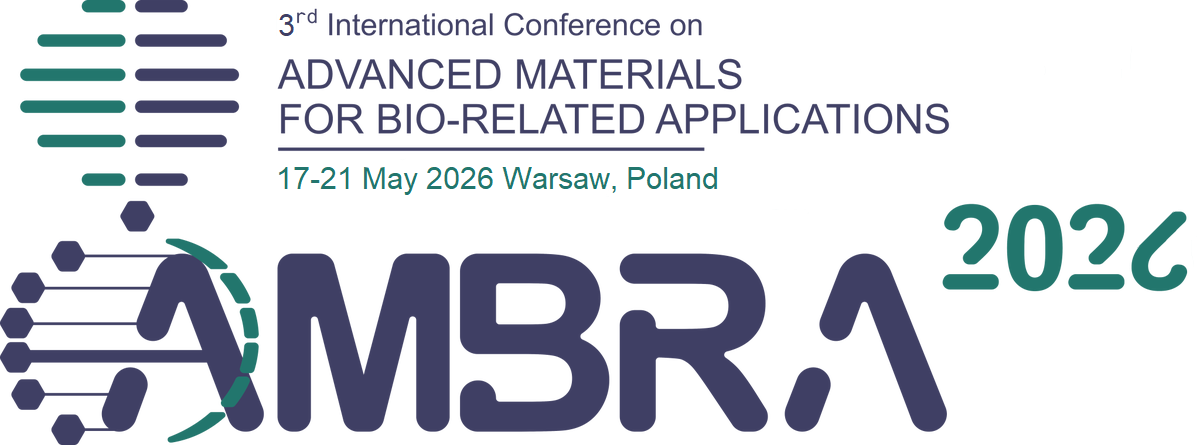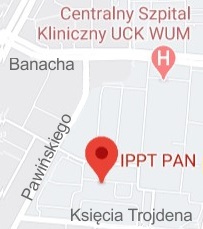| 1. |
Pragnąca A.♦, Antolak A.♦, Krysiak Z., Leśniak M.♦, Borkowska A.♦, Zdanowski R.♦, Malek K.♦, Marker-independent vibrational spectroscopy imaging recognizes the hypoxia effect in the human brain endothelium,
Scientific Reports, ISSN: 2045-2322, DOI: 10.1038/s41598-025-11000-2, Vol.15, pp.26112-1-13, 2025 Streszczenie:
Brain microvascular endothelial cells experience hypoxic conditions in several neurodegenerative disease processes and the underlying mechanisms still need to be explored. Current imaging modalities and biochemical assays require many specific markers that should be detected to identify the hypoxic response, especially at a level of single cells. This study presents a single-cell molecular imaging approach utilizing Fourier-Transform Infrared and Raman spectroscopy. Those methods enable the simultaneous detection of proteins, lipids, and nucleic acids encoded in their unique vibrational fingerprints. By establishing ratiometric estimators, we measured upregulated lipid metabolism, structural changes of proteins and asses DNA:RNA ratio at the single-cell level induced by oxygen depletion. Moreover, this approach allows for analyzing changes within specific cellular compartments, including nuclei, providing a comprehensive understanding of how hypoxia affects cellular functions and metabolism. Our findings pave the way for future investigations into the cellular adaptations to hypoxia in brain endothelial cells, potentially revealing novel therapeutic targets for neurodegenerative diseases. Słowa kluczowe:
Hypoxia,Brain endothelium,FTIR and Raman spectroscopy imaging,Spectral markers Afiliacje autorów:
| Pragnąca A. | - | inna afiliacja | | Antolak A. | - | inna afiliacja | | Krysiak Z. | - | IPPT PAN | | Leśniak M. | - | inna afiliacja | | Borkowska A. | - | inna afiliacja | | Zdanowski R. | - | inna afiliacja | | Malek K. | - | inna afiliacja |
|  | 140p. |
| 2. |
Korszun‑Karbowniczak J.♦, Krysiak Z.♦, Saluk J.♦, Niemcewicz M.♦, Zdanowski R.♦, The Progress in Molecular Transport and Therapeutic Development in Human Blood–Brain Barrier Models in Neurological Disorders,
Cellular and Molecular Neurobiology, ISSN: 0272-4340, DOI: 10.1007/s10571-024-01473-6, Vol.44, pp.34-1-15, 2024 Streszczenie:
The blood–brain barrier (BBB) is responsible for maintaining homeostasis within the central nervous system (CNS). Depending on its permeability, certain substances can penetrate the brain, while others are restricted in their passage. Therefore, the knowledge about BBB structure and function is essential for understanding physiological and pathological brain processes. Consequently, the functional models can serve as a key to help reveal this unknown. There are many in vitro models available to study molecular mechanisms that occur in the barrier. Brain endothelial cells grown in culture are commonly used to modeling the BBB. Current BBB platforms include: monolayer platforms, transwell, matrigel, spheroidal, and tissue-on-chip models. In this paper, the BBB structure, molecular characteristic, as well as its dysfunctions as a consequence of aging, neurodegeneration, or under hypoxia and neurotoxic conditions are presented. Furthermore, the current modelling strategies that can be used to study BBB for the purpose of further drugs development that may reach CNS are also described. Słowa kluczowe:
Blood-brain barrier (BBB), Hypoxia, BBB permeability, Tight junctions Afiliacje autorów:
| Korszun‑Karbowniczak J. | - | inna afiliacja | | Krysiak Z. | - | inna afiliacja | | Saluk J. | - | inna afiliacja | | Niemcewicz M. | - | inna afiliacja | | Zdanowski R. | - | inna afiliacja |
|  | 100p. |


















